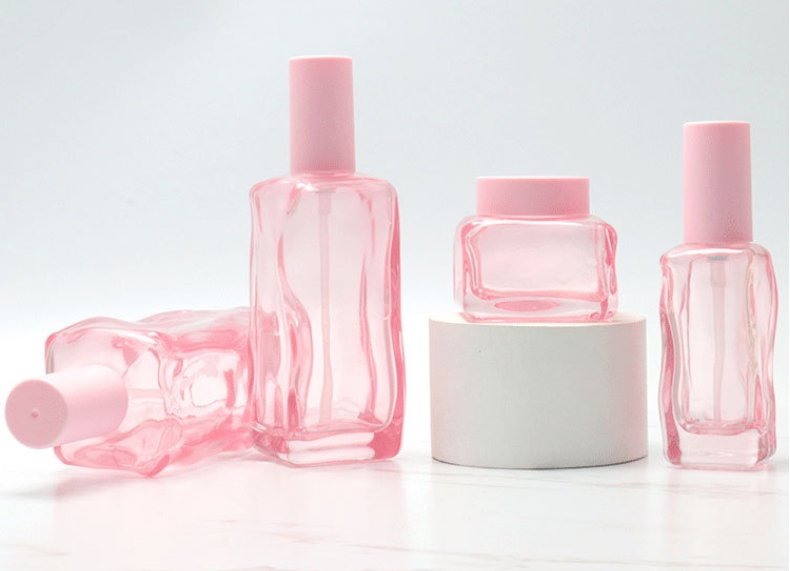When you choose a moisturizer or lipstick, have you ever stopped to think about what it’s packaged in? Well, I never used to – until I learned that most of beauty packaging ends up in landfills, where it can sit for centuries. That realization sent me down a rabbit hole of research, and what I discovered changed how I shop for cosmetics completely.

The Packaging Problem We All Need to Solve
Walk down any beauty aisle and you will see lots of plastic containers. They are convenient, yes – but here is the hard truth: our industry creates mountains of waste every year. Last month when I clean my makeup drawer, I checked 17 empty plastic containers. Surely we can do better?
After consulting manufacturers and designers, we found the right packaging must:
What Makes Packaging Work?
- Keep products fresh and safe
- Look attractive on shelves
- Minimize environmental impact
- Stay cost-effective
It’s like solving a puzzle where all pieces must fit perfectly.
Packaging Materials: A Simple Comparison
1. Glass – The Timeless Choice
Those beautiful perfume bottles on your grandma’s dresser? Still going strong decades later. We’re seeing more serums and toners using glass now.
Why it works:
- Endlessly reusable (my assistant repurposes them as bud vases)
- Won’t react with products
- Instantly upgrades product perception
Watch outs:
- Adds shipping weight
- Breakage risk (we’ve all had that heart-stopping moment)
2. Aluminum – The Practical Performer
Did you know aluminum can be recycled forever? More brands are using it for lip balms and compacts.
Smart features:
- Travel-friendly but durable
- Blocks damaging light
- That satisfying metallic “click” when closing
Tradeoffs:
- Can’t see remaining product
- Limited design options
3. Paper – The Rising Star
There’s something special about unwrapping paper-packaged soaps. Solid shampoos and makeup removers work beautifully in paper.
Advantages:
- Great for dry products
- Home-compostable options
- Lightweight = lower carbon footprint
Limitations:
- Not ideal for liquids
- Less product protection
Making Smarter Choices
Through our product trials, we learned:
- Liquids: Glass with metal pumps wins
- On-the-go: Aluminum performs best
- Disposables: Certified compostable materials
- Always check: Refill program availability
Pro tip: Before buying new containers, see what you can repurpose at home. That candle jar? Perfect for cotton pads. Those takeout containers? Great for travel kits.
Where We’re Heading
Exciting innovations are coming – from dissolvable sachets to plant-based tubes. When mainstream brands start offering refill stations, you know change is happening.
Final Thoughts
Better packaging is not about perfection – it is about progress. Next time you restock, try one sustainable option. Small steps make big difference.
What’s your favorite eco-friendly packaging solution? We’d love to hear what is working for you!

